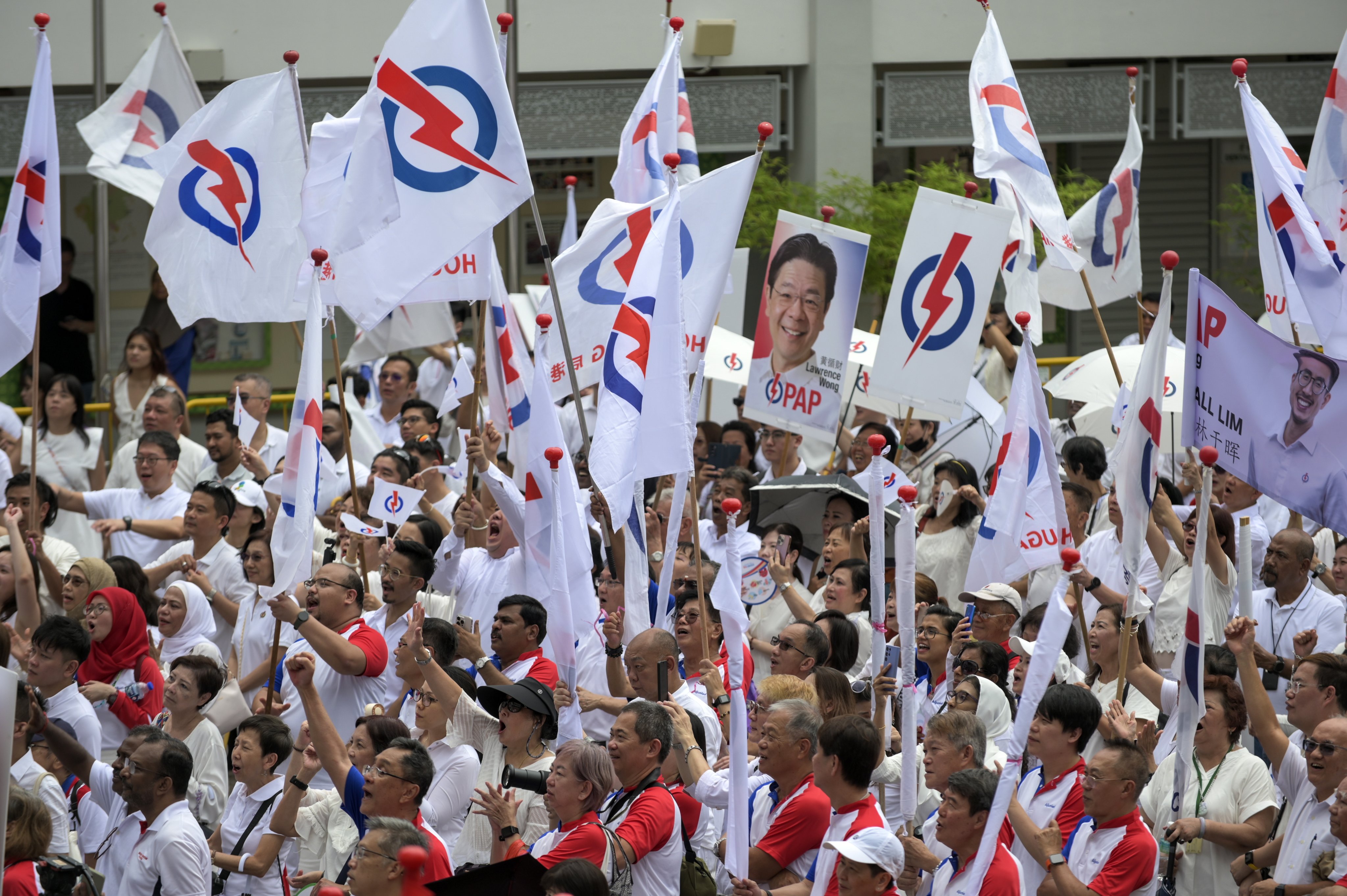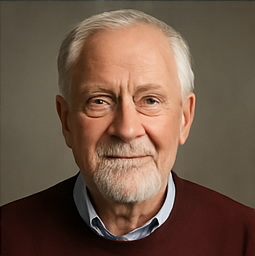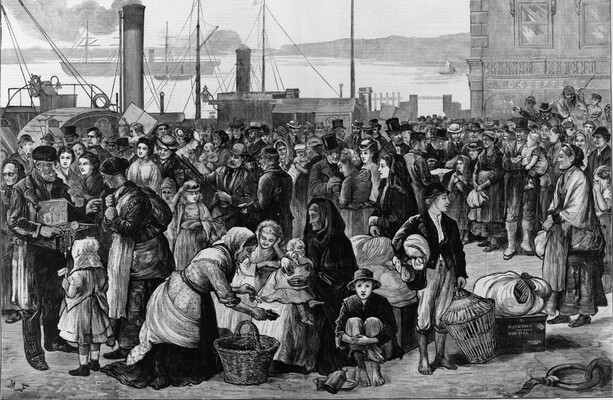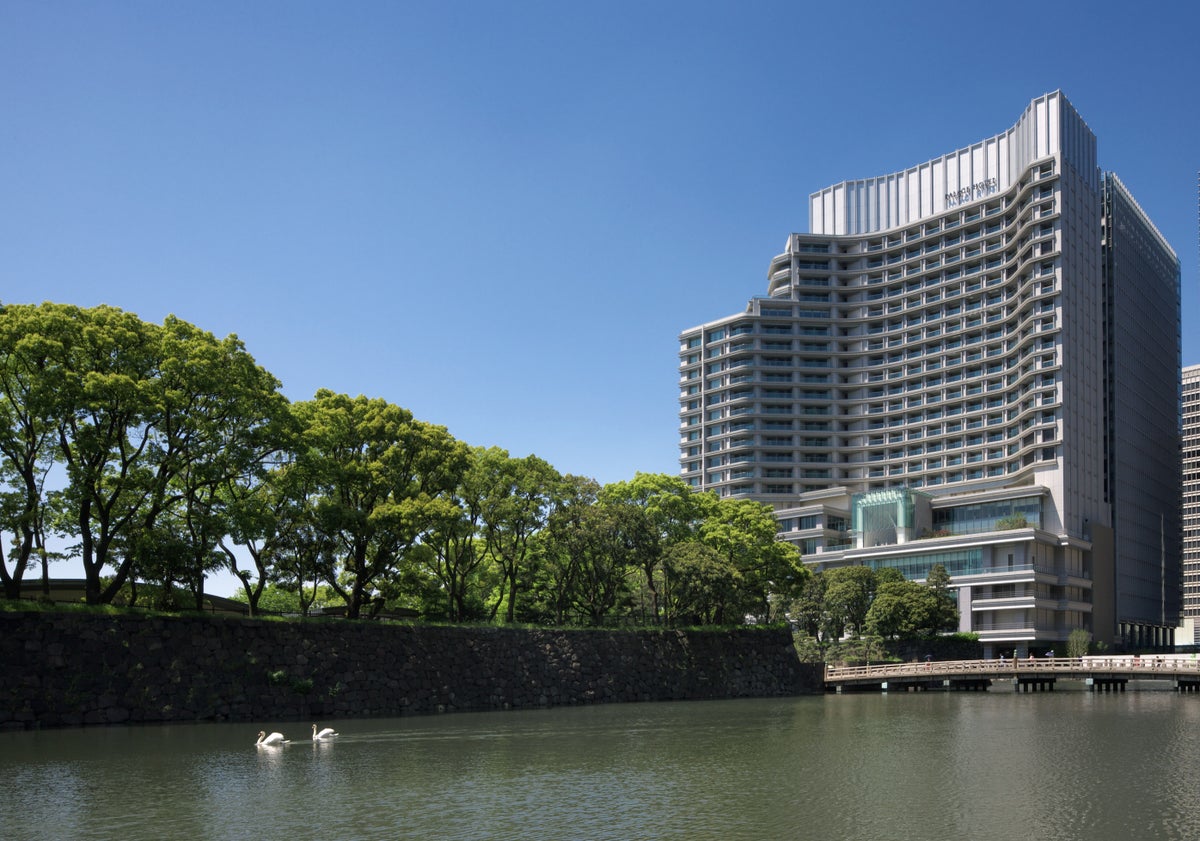Singapore election: why single-ward battles are the ones to watch

With three days until Singapore’s general election and political parties scrambling to seize on the star power of popular candidates as they bet big on multi-seat constituencies, the battle for the city state’s single-member constituencies (SMCs) could yet produce some of the poll’s most surprising results. Electoral boundaries in the country comprise SMCs and group representation constituencies (GRCs). The GRCs are made up of between three and six candidates per contesting party, including a member of a minority race. There are 18 GRCs and 15 SMCs in this year’s election. In the northeastern Jalan Kayu SMC, analysts have described a “David vs Goliath” contest with People’s Action Party (PAP) candidate Ng Chee Meng, the labour chief and a former cabinet minister, facing Workers’ Party (WP) newcomer Andre Low. Even a sudden controversy erupting over Low may still make it a tight race, they say. “He has three stars to his name from his military career. I only have three chevrons – sorry, third sergeant here,” Low said at a rally on Tuesday night, referring to Ng’s illustrious military career as the armed forces chief before his political debut in 2015. Ng was voted out of parliament in the 2020 election when the WP clinched its second GRC in Sengkang – a milestone achievement for the country’s main opposition group. Independent political observer Felix Tan told This Week in Asia: “It’s a David vs Goliath kind of situation. Ng Chee Meng has the full backing of a very strong political party, a very well-established brand name for himself and a support group throughout Singapore. Andre is a very new face, so there is a lot more work he has to do.” Both the ruling PAP and WP traded blows about “negative politics” on Tuesday, with Prime Minister Lawrence Wong labelling WP’s remarks about Deputy Prime Minister Gan Kim Yong “negative attacks”. WP chief Pritam Singh later in the day hit back at a rally, saying negative politics was in “the PAP’s DNA”, citing policies he said were designed to “cripple town councils and elected town councillors in opposition wards”. Amid the tit-for-tat, Low found himself in the thick of controversy when old Telegram messages he had shared with schoolmates leaked overnight on social media, showing him swearing about various issues and individuals, including a resident who had badgered him with phone calls during his volunteer work with the party. “I have always been opinionated. I hold strong convictions. About Singapore, and how we can be so much better. These same convictions are also what pushed me to step up to contest as a Workers’ Party candidate,” he wrote in an apology on Wednesday morning. Yet analysts argue that single-seats such as Low’s Jalan Kayu could be ripe for the taking by the opposition since unlike GRCs, voters who still want the PAP to form the government but would like more voices in parliament are assured that the incumbent only loses one seat instead of several. “It’s less of an issue for voters to vote for the other side, because there’s only going to be one person that is going to leave. And [Ng is] not a political officeholder now anyway,” Tan said. ‘Contest between individuals’ For much of Singapore’s history since independence in 1965, the opposition only held one or two elected parliamentary seats in SMCs, while the PAP has governed with a supermajority. It was only in 2011 that the WP made a historic breakthrough by winning a GRC. The first opposition politician to win a single-seat in a post-independence election in Singapore was former WP chief J. B. Jeyaretnam, who won the single-seat in Anson during the 1981 by-election. In 1984, he was joined by Chiam See Tong, the founder of the Singapore Democratic Party, who won the seat in Potong Pasir. Jeyaretnam held the Anson seat until 1986 when he was fined and jailed for making false statements about the party’s accounts. It would take another five years before the WP won another single-seat in 1991. Former party chief Low Thia Khiang won Hougang and it has remained in the WP’s hands ever since, an icon of opposition resilience. Potong Pasir returned to the PAP fold in 2011, 27 years after it lost the seat. Both cases show SMCs can be stable perches for the opposition. “Based on historical records, it was easier for SMCs to go to the opposition because it was a contest between individuals, and opposition parties in the past had less resources to put together an appealing team of three to six that voters could get behind,” said Teo Kay Key, a research fellow at the Institute of Policy Studies’ Social Lab. Unlike GRCs, candidates have to stand on their own rather than depend on anchor ministers or party leaders for their seat in parliament, said Nydia Ngiow, managing director at BowerAsiaGroup. “This makes personal connection with residents even more critical. Strong ground engagement, clear messaging, and visibility will be key determinants of success in these SMCs.” Much of how the contest in Jalan Kayu will play out depends on how voters perceive Ng, chief of Singapore’s labour group the National Trades Union Congress (NTUC), and his involvement with the blocked sale of home-grown Income Insurance to German insurance giant Allianz, according to Teo. Last October, the government intervened to stop the proposed acquisition of a majority stake in Income, worth S$2.2 billion (US$1.68 billion). News of the deal caused concern about the nature of the acquisition and whether it would impede Income’s ability to continue with its social mission. Income, which started off as a social enterprise and has had a long-standing objective to provide affordable insurance to Singapore, was corporatised in 2022. The issue has returned as a flashpoint in the election, with former Income chief executive officer Tan Suee Chieh publishing an open letter urging voters in Jalan Kayu SMC to consider Ng’s role in the proposed deal. On Sunday, Ng said the labour movement believed the proposed deal was a reasonable one that would strengthen Income, and that the deal was put forward in good faith and in compliance with the legal requirements set by the Monetary Authority of Singapore. He said that NTUC sometimes fell short and would “learn the right lessons” from the aborted deal. The blocked deal had morphed into the “single most important factor” working against Ng, said Viswa Sadasivan, a former nominated member of parliament. “The issue is growing in stature in Jalan Kayu,” he said. “Given the many missteps in the saga, the governance ability of today’s PAP is being called to question.” Over in the west, Bukit Panjang represented the closest battle in an SMC in the last election in 2020, where the ruling party’s Liang Eng Hwa won with 53.73 per cent of the vote, or just 2,500 more votes, against the Singapore Democratic Party’s Paul Tambyah. The two men will be facing off again, with political analysts describing this to be another neck-and-neck contest. Tambyah gained prominence during the pandemic when he was the first Singaporean to head the International Society of Infectious Diseases, a US-based non-profit organisation that focuses on helping development during the pandemic. His profile as an infectious-diseases expert during the pandemic likely contributed to his near-win in 2020, Ngiow said. “Since then, Tambyah has maintained his visibility through continued political engagement and community outreach.” Beyond his credentials, Tambyah had also been meeting residents and “working the ground intensively since 2020”, noted Sadasivan, which boosted his electoral chances this round. “Even though it has a 73 per cent Chinese population, Paul is popular with them. There are three reasons: amiable, easy-going personality; respect for him as a distinguished professor of medicine; and his fluency in Mandarin,” he said. Tan, the independent political observer, noted that since the boundaries at Bukit Panjang had not changed and Tambyah had remained in the ward, he would be a more familiar face, which could give him the edge. “Residents who have voted for him in the last general election will still see him around, running on the ground. So I think that helps a lot more and this time around, he might attract that little bit more support.” The best losers In response to opposition parties campaigning on the pressing need for diversity in parliament, Minister in the Prime Minister’s Office Indranee Rajah on Monday said the camp had ignored the fact there would always be opposition voices in parliament via the non-constituency MP (NCMP) scheme. The scheme was introduced in 1984 to allow the best-performing losers in a general election to occupy seats in parliament to ensure a minimum number of opposition members. The number was increased to 12 in 2017, meaning that if fewer than 12 opposition MPs are elected, the remaining seats would go to NCMPs. With the WP winning 10 seats in 2020, the recently concluded 14th parliament had two NCMPs, the Progress Singapore Party’s Leong Mun Wai and Hazel Poa. Asked if the WP’s goal was to avoid having NCMPs in the next term of parliament, Workers’ Party chief Pritam Singh on Tuesday replied this was the plan as he rebutted Indranee: “They don’t want elected opposition MPs, and I know why, because only an elected opposition MP can pressure and push the government.” He called the NCMP scheme a function of what had transpired in the 1980s after many wanted more opposition in parliament. “It was almost like a checking mechanism to make sure the momentum would slow down.” “But make no mistake about it, you need elected opposition MPs in parliament. If you want them to speak up faithfully and to be connected to the ground, rooted to the ground, they have to be elected.”






![On this day in history, in 1993, the World Wide Web launched into the public domain. While on the one hand this event cemented the downfall of human civilization, at least it made porn easy to find [Vintage]](https://img.fark.net/images/2013/site/farkLogo2Big.gif)












